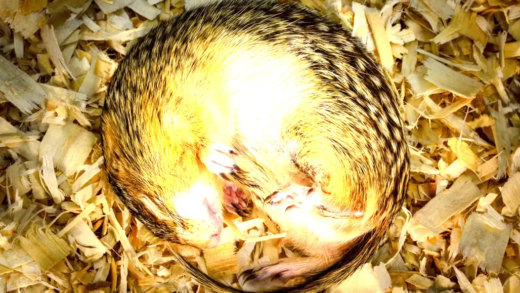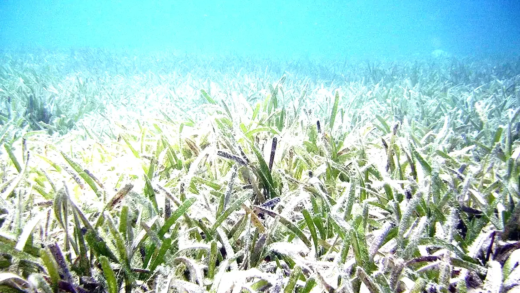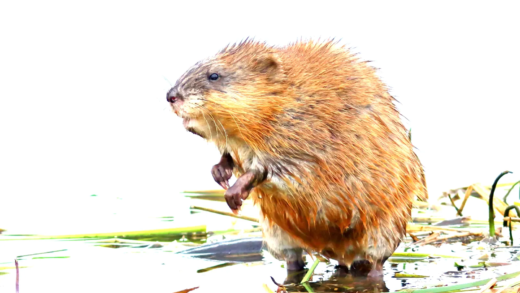Deinonychus significantly impacted our understanding of dinosaurs, showcasing their agility and social behavior. Its discovery in 1964 shifted scientific views, linking dinosaurs to birds. This connection emphasized their evolutionary relationship, influencing both paleontology and popular culture. The perception of dinosaurs transformed from sluggish giants to complex, dynamic creatures, enriching our appreciation of their history.
Deinonychus: What Is It?
Deinonychus is a significant dinosaur that emerged in the spotlight due to its unique characteristics and behavior. This dinosaur, belonging to the dromaeosaurid family, lived during the Early Cretaceous period, around 115 million years ago. What makes Deinonychus particularly interesting is its resemblance to modern birds, which has sparked discussions about the evolutionary link between birds and dinosaurs. Its name translates to “terrible claw,” referring to the large, curved claws on its feet, which were likely used for hunting.
Deinonychus was not just another dinosaur; it was a pivotal figure in reshaping our understanding of dinosaur behavior and physiology. Its discovery prompted scientists to reconsider how dinosaurs might have lived, hunted, and interacted with their environment. This dinosaur’s predatory skills suggest it was agile and swift, characteristics that are often associated with birds today.
In summary, Deinonychus stands out in dinosaur history for its significant role in bridging the gap between dinosaurs and birds. This connection has profound implications for paleontology, providing insights into the evolutionary processes that led to the emergence of avian species.
The Discovery of Deinonychus in 1964
The discovery of Deinonychus in 1964 was a groundbreaking event in paleontology. Found by the American paleontologist John H. Ostrom in Montana, this dinosaur’s fossils revealed new insights that contradicted the previously held perceptions of dinosaurs as slow, lumbering creatures. Before this discovery, many scientists viewed dinosaurs as cold-blooded and lethargic. However, the features of Deinonychus suggested a much more dynamic lifestyle.
Ostrom’s work highlighted several key aspects of Deinonychus that contributed to a shift in the scientific community’s understanding of dinosaur biology:
- Agility and Speed: The physical structure of Deinonychus indicated it was built for speed, leading to the idea that some dinosaurs were active hunters.
- Social Behavior: Evidence suggested that Deinonychus may have hunted in packs, which was a revolutionary concept at the time.
- Feathered Features: The discovery spurred interest in the possibility that some dinosaurs had feathers, further connecting them to birds.
The impact of this discovery reverberated throughout the scientific community, prompting further research and exploration into dinosaur behavior. It laid the groundwork for understanding the evolutionary connection between dinosaurs and modern birds, reshaping our perception of these ancient creatures.
Characteristics of Deinonychus
Deinonychus was unique among dinosaurs due to its remarkable characteristics that set it apart from its contemporaries. One of the most striking features was its large, sickle-shaped claw on each foot, which measured about 6 inches long. This claw was not just for show; it was likely used for slashing prey, making Deinonychus an effective predator. Its lightweight, agile body structure suggested that it could move quickly and strike efficiently, much like modern birds of prey.
Another fascinating aspect of Deinonychus was its possible social behavior. Evidence indicates that these dinosaurs might have hunted in packs, which challenges the traditional view of solitary dinosaur behavior. This notion of social hunting aligns more closely with the behaviors observed in modern carnivorous birds, providing a deeper understanding of the evolutionary connection between birds and dinosaurs.
Additionally, fossilized remains suggest that Deinonychus had feathers. These feather-like structures, although not fully confirmed, hint at the possibility of a warm-blooded lifestyle, which contrasts sharply with the old belief that all dinosaurs were cold-blooded. This feathered appearance links Deinonychus more closely to its avian descendants, underscoring its importance in the study of dinosaur evolution.
Scientists’ Reactions to the Discovery
The reaction of the scientific community to the discovery of Deinonychus was one of excitement and intrigue. Prior to its discovery, the prevailing view of dinosaurs was that they were slow, lumbering giants. However, Ostrom’s findings challenged this perception, leading many paleontologists to reconsider their views on dinosaur biology and behavior. The evidence presented by Ostrom pointed towards a more dynamic and active lifestyle for dinosaurs.
Many scientists were initially skeptical of the implications of Deinonychus. They questioned whether this dinosaur could indeed represent a new understanding of dinosaurian life. However, as more evidence emerged, including fossils that suggested agility and social behavior, the scientific consensus began to shift. The discovery of Deinonychus also sparked a renewed interest in the evolutionary link between dinosaurs and birds.
In the years following the discovery, numerous studies and publications emerged, further solidifying the significance of Deinonychus in paleontology. Researchers began to explore the implications of its characteristics and behaviors, leading to a broader understanding of dinosaur ecology. The excitement surrounding Deinonychus laid the groundwork for future explorations into how dinosaurs lived, hunted, and evolved, ultimately transforming the field of paleontology.
Deinonychus and Its Influence on Dinosaur Behavior
Deinonychus played a pivotal role in evolving our understanding of dinosaur behavior. Before its discovery, dinosaurs were largely viewed as sluggish and solitary creatures. The characteristics of Deinonychus challenged this notion, suggesting that some dinosaurs were not just hunters but also social animals. Evidence indicates that Deinonychus may have hunted in packs, similar to modern carnivorous birds. This social behavior implies a level of intelligence and cooperation that was previously unimagined for dinosaurs.
Furthermore, the agility of Deinonychus changed perceptions about dinosaur locomotion. Its physical traits suggested it was built for speed and dexterity, traits that we often associate with birds today. As scientists studied Deinonychus, they began to connect its behaviors with those of modern avians, leading to a broader understanding of dinosaur ecology and interactions within their ecosystems.
In summary, Deinonychus not only reshaped how we view dinosaurs but also set the stage for further research into their behaviors, making it a cornerstone in the evolution of paleontological thought.
The Link Between Birds and Dinosaurs
The connection between birds and dinosaurs, particularly illustrated by Deinonychus, has significant implications in paleontology. Deinonychus exhibits several avian characteristics, such as its body structure and potential feathered features. This has led to the acceptance that birds are indeed descendants of certain theropod dinosaurs. The discovery of Deinonychus spurred interest in the study of these connections, reinforcing the evolutionary relationship that links these two groups.
Research has increasingly focused on the anatomical and behavioral similarities between birds and dinosaurs. For instance, both groups share traits such as hollow bones, specific respiratory systems, and potentially complex social behaviors. This connection has not only enhanced our understanding of avian evolution but also encouraged paleontologists to explore how environmental factors shaped the evolution of both groups.
In essence, Deinonychus serves as a crucial piece in the puzzle of avian evolution, bridging the gap between the age of dinosaurs and the era of birds, thus enriching our understanding of the natural world.
Shifting Views on Dinosaurs Since Deinonychus
Since the discovery of Deinonychus, public perception of dinosaurs has undergone a remarkable transformation. Initially depicted as lumbering giants, dinosaurs are now often viewed as dynamic and complex creatures, with behaviors more akin to those of modern animals. This shift can largely be attributed to the evidence provided by Deinonychus, which showcased that some dinosaurs were agile, social, and possibly even warm-blooded.
The impact of Deinonychus extends beyond scientific circles; it has influenced popular culture, leading to more accurate portrayals of dinosaurs in media. Movies, documentaries, and literature now reflect a nuanced understanding of these ancient creatures, highlighting their evolutionary ties to birds and the complexity of their behaviors.
Overall, the discovery of Deinonychus catalyzed a renaissance in dinosaur research and public interest. It challenged outdated perceptions, fostering a new appreciation for the diversity and adaptability of dinosaurs, ultimately reshaping how we view these fascinating creatures.





Comments are closed.